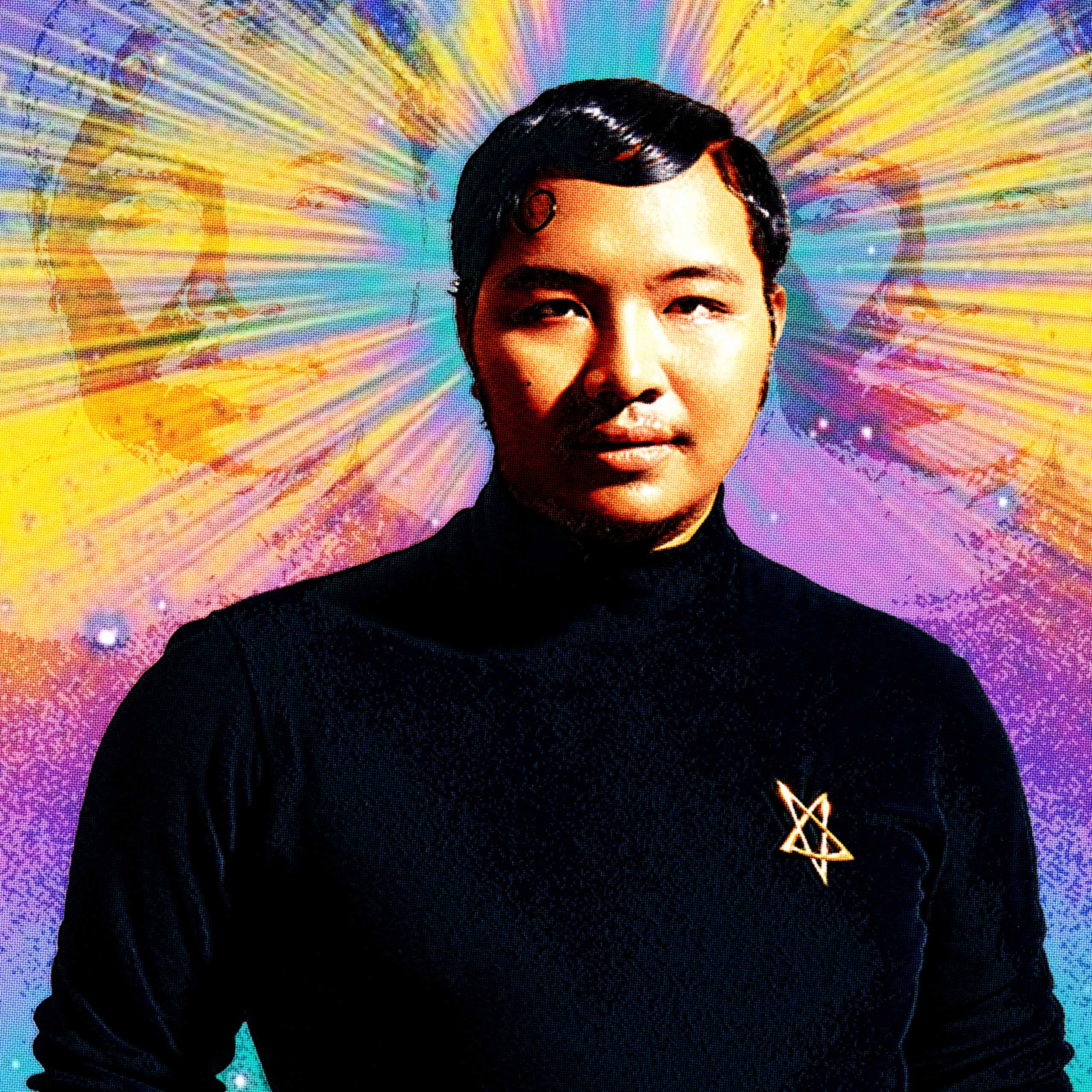Fashion designer Job Dacon has contributed to one of the most striking images in our burgeoning drag history, solidifying their impact in the industry and beyond
The advent of drag’s popularity has spawned a flourishing industry adjacent to its businesses. Various creative pursuits have emerged from this vibrant environment, including custom wig stylists, tucking panties, makeup brands catering to drag, event producers, and more. Fashion is one field that stands out and plays a vital part in the visual storytelling of drag.
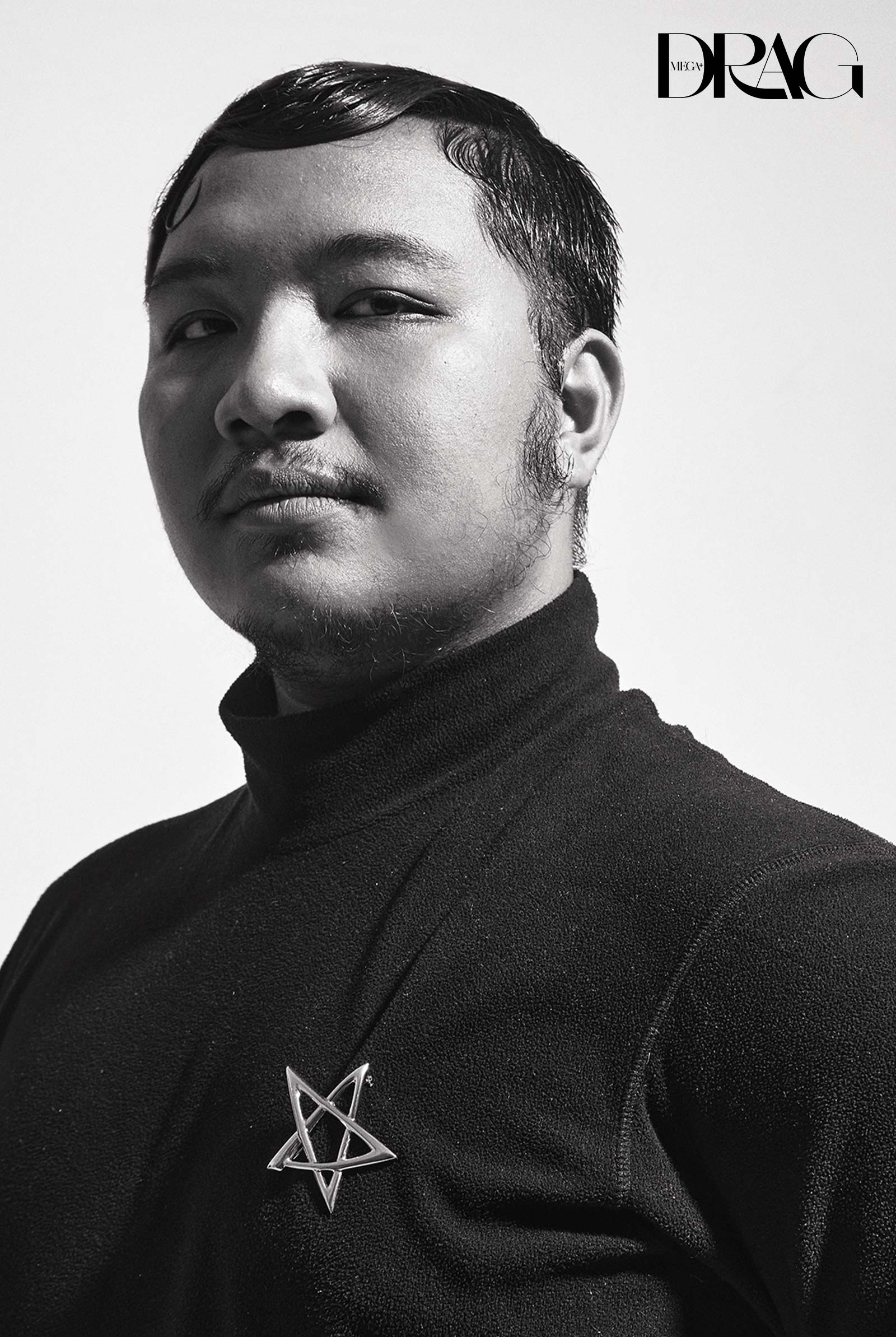
Fashion designers can let their imagination fly—something that tickles and challenges their creativity as artists. Drag as a clientele requires exceptional fantasy and technicality, helping create the statement, story, or even reaction of whatever the drag artist wants their audience to go through. That’s why, sometimes, these designers are said to be the unsung heroes in the drag community,
Let’s dive deeper into the beautiful symbiosis of fashion and drag with the community’s go-to designer, Job Dacon, and gain insight into their creative design processes, collaborations, and more.
Describe your design aesthetic
“My design aesthetic teeters on various aspects of old and new fashion, most especially the baroque and Victorian dressing. We incorporate the latest technologies like 3D printing, silicone casting, and CNC routing with methods that are somehow buried over time, like traditional corsetry and textiles.”
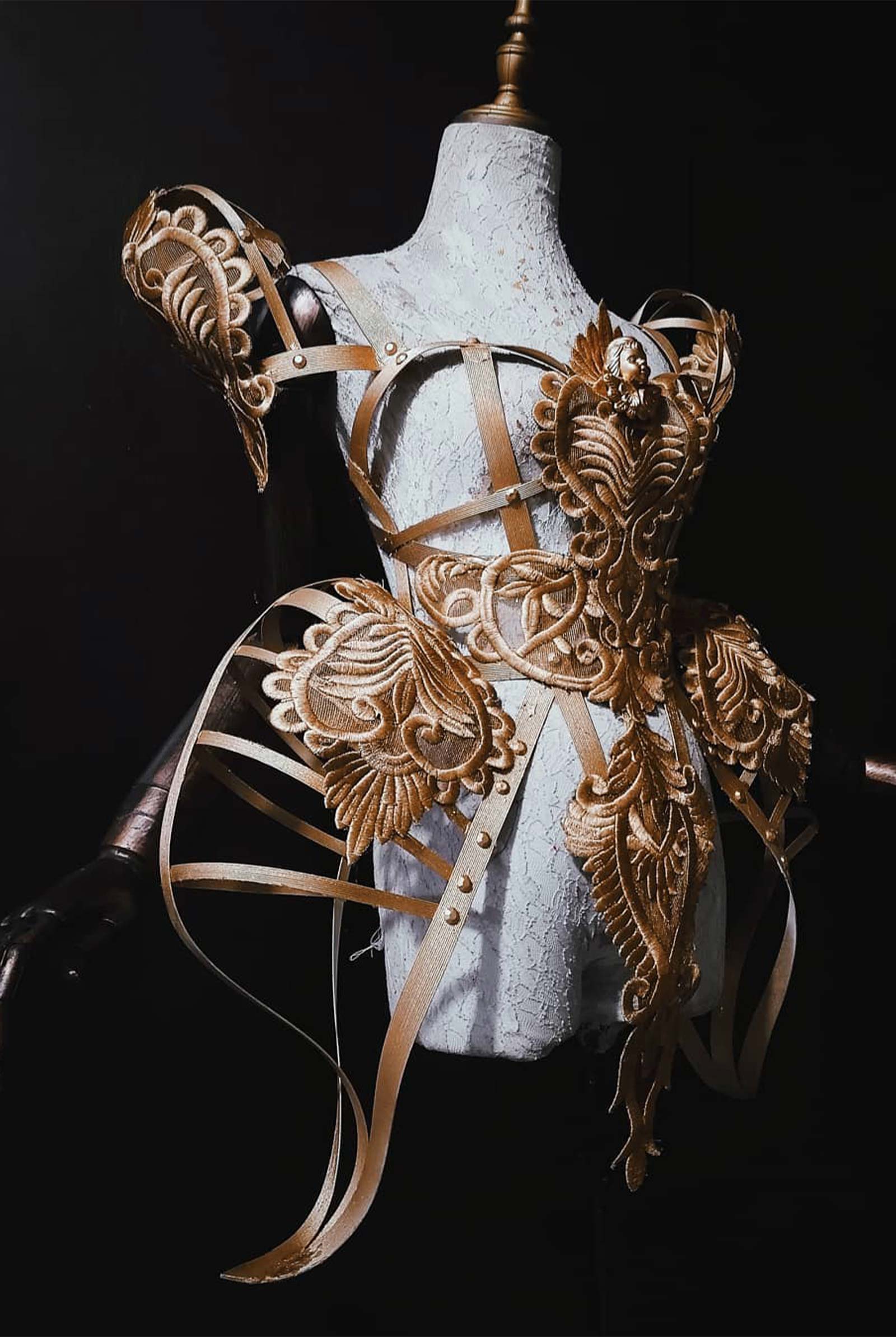
How did you start in the industry? What’s your background?
“I honestly started in the worst of times. We officially opened our doors back in March 2020, just five days before the massive coronavirus pandemic, which led to the dreaded lockdown. I guess we’re still here because of our persistence. I am a fan of chasing dreams regardless of the odds. Win or lose, at the very least, I learned something.”
“As for me, I started this journey in college when my alma mater offered vocational courses in dressmaking. Years passed, and I was employed in an airline as a graphic artist and had to train for the corresponding job. I had my first taste of the fashion industry when I finally enrolled in a short course at SoFA and later on enrolled full-time at FIP. The journey hasn’t been a smooth one, but I do not regret a single choice that I made that led us to the now.”
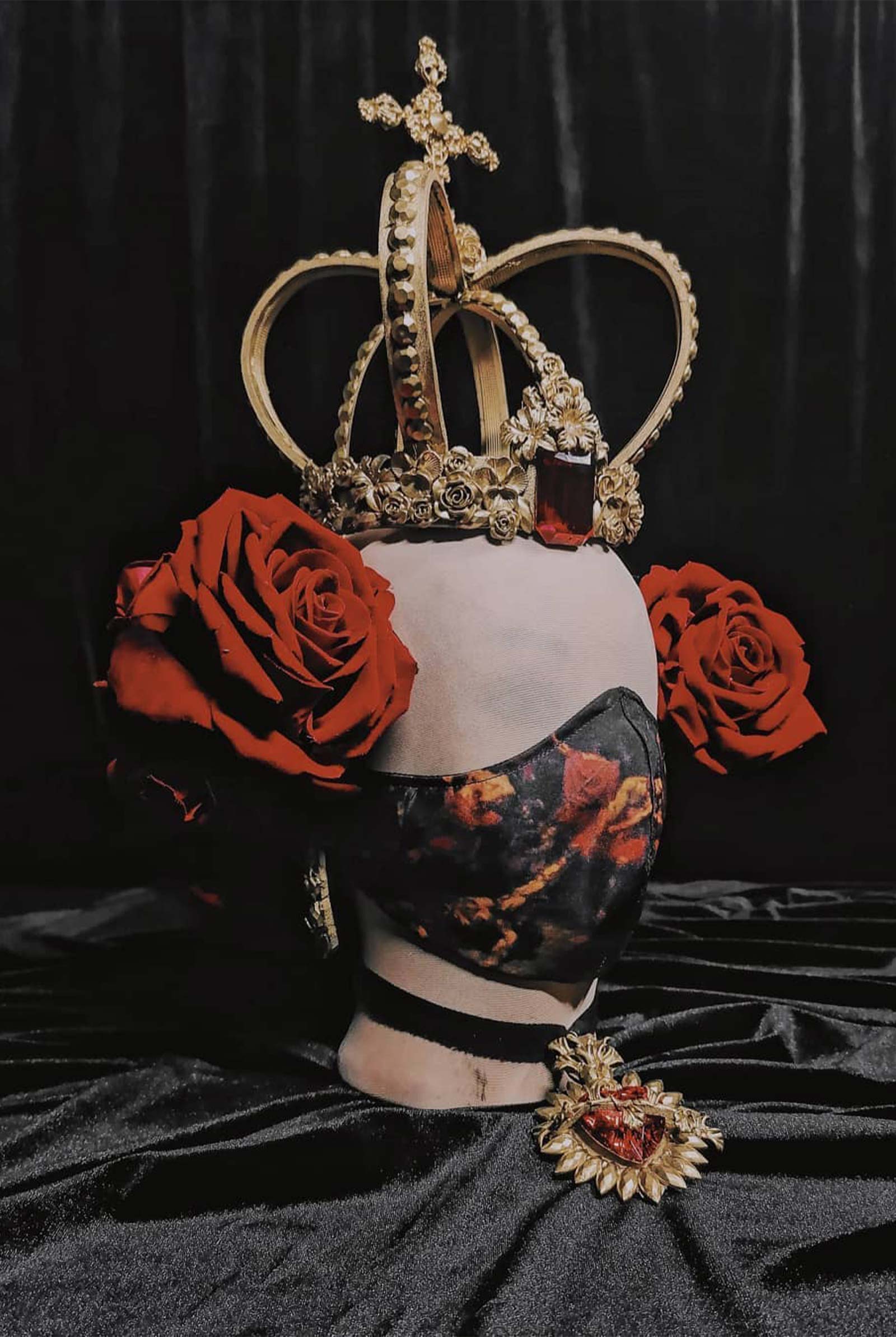
What attracted you to collaborate with drag artists? How did this impact your design style and creative process?
“I’ve always been fascinated with the world of drag since I was a child. Most of my cousins did it for a living back in the 90s, and the one event that piqued my interest the most was the annual Ms. Gay in our city, where they not only showcase their incredible talents, but also flaunt their incredible fashions. To me, the influence of drag in my design aesthetic is the element of fun. Drag performers just know how to have fun and keep the show going no matter what happens.”
What is your approach to working with drag artists compared to other clients? Any challenges and other factors unique to this context?
“Each artist has their own unique set of quirks and personas. I think, especially with drag artists, they take those quirks and crank it up to 100, and I mean that in the best way possible because it really gives us, the designers, a bigger room to play and utilize rare or unusual techniques when it comes to making their signature looks.”
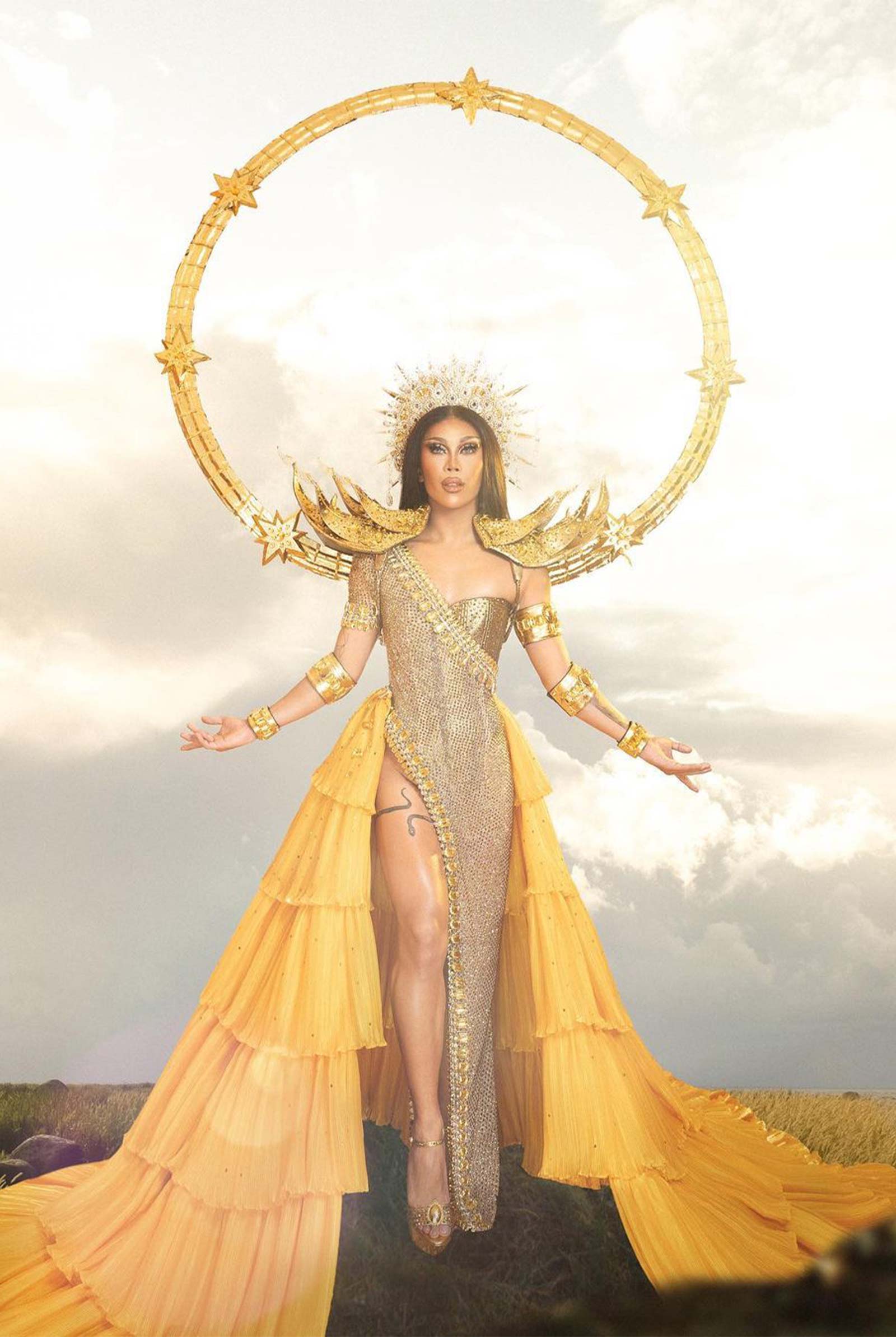
“Most challenges that we face are more on the technical side, as a lot of performers have lately been requesting outfits that seem surreal and haven’t been done before. An example is that one time on the Drag Race Philippines season one finale, we had to make a giant halo backpiece with 12k gold leaf and transport it from the studio to the venue. This, of course, was for the one and only Marina Summers.”
Please share more memorable collaborations
lThis might sound pageant-y, but I do enjoy making pieces for all our drag artists because each one is so unique. However, I have some stand-out moments that made me think about how far we’ve evolved since we started. One is Ms. Manila Luzon’s White Rabbit dress for MEGA Entertainment. There’s that perfect balance of camp and couture in one outfit.”
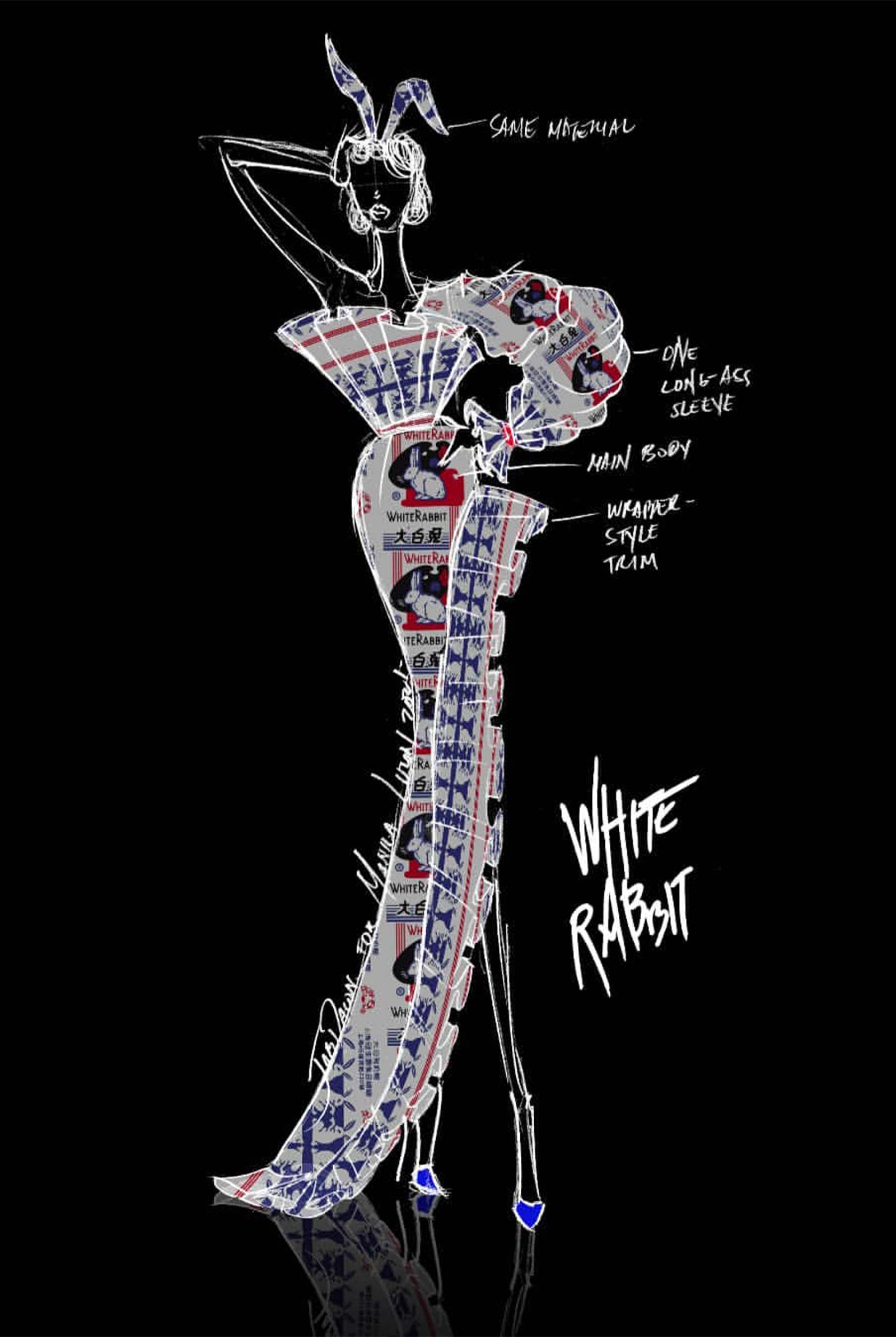
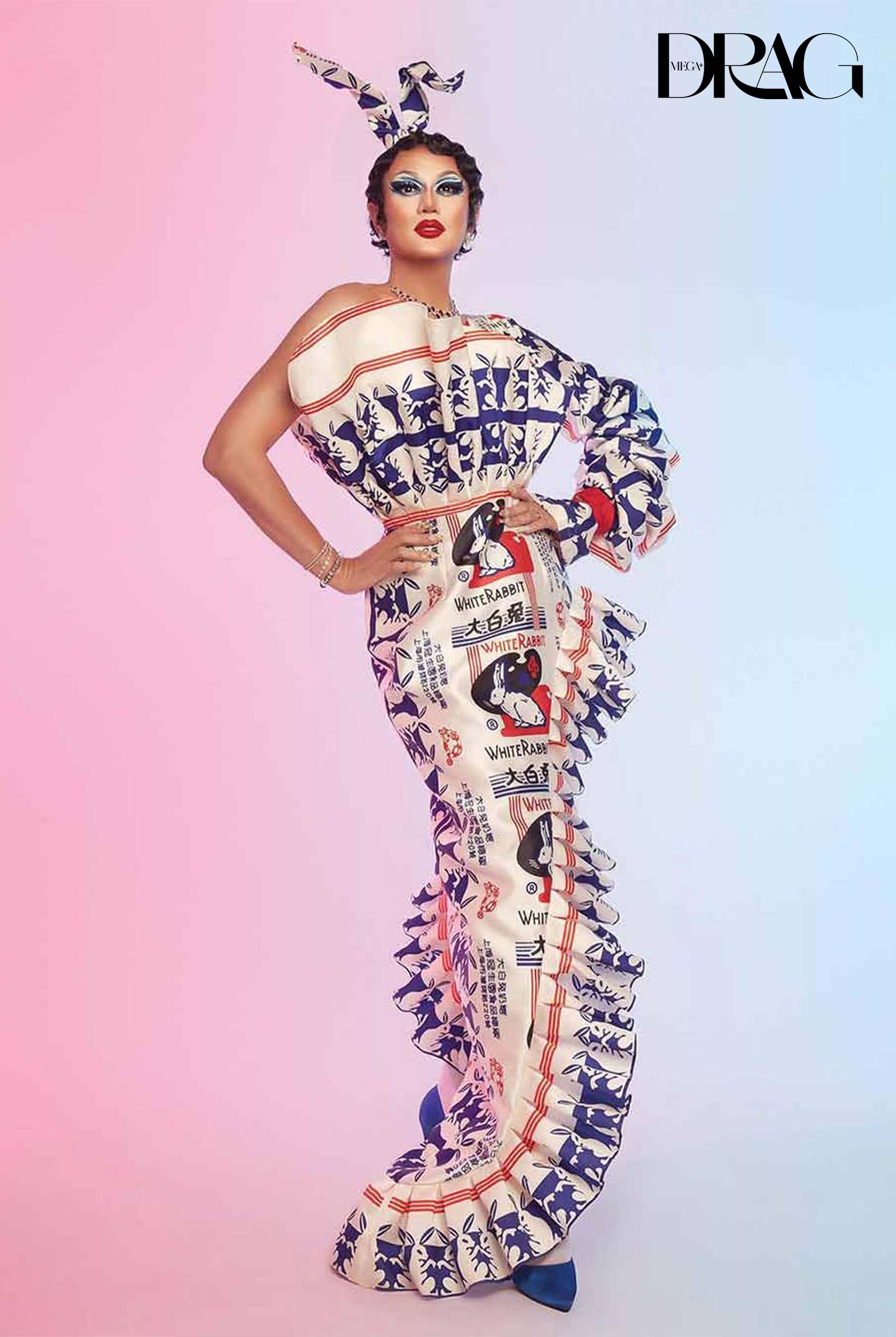
“Another one is making both promo and finale looks of Paolo Ballesteros for the first-ever season of Drag Race Philippines. This has been quite the learning experience as we needed to capture Mama Pao’s essence in drag, aesthetics, and performance. We had to do a lot of research on the classics and the newer sides to drag and integrate these per look.”
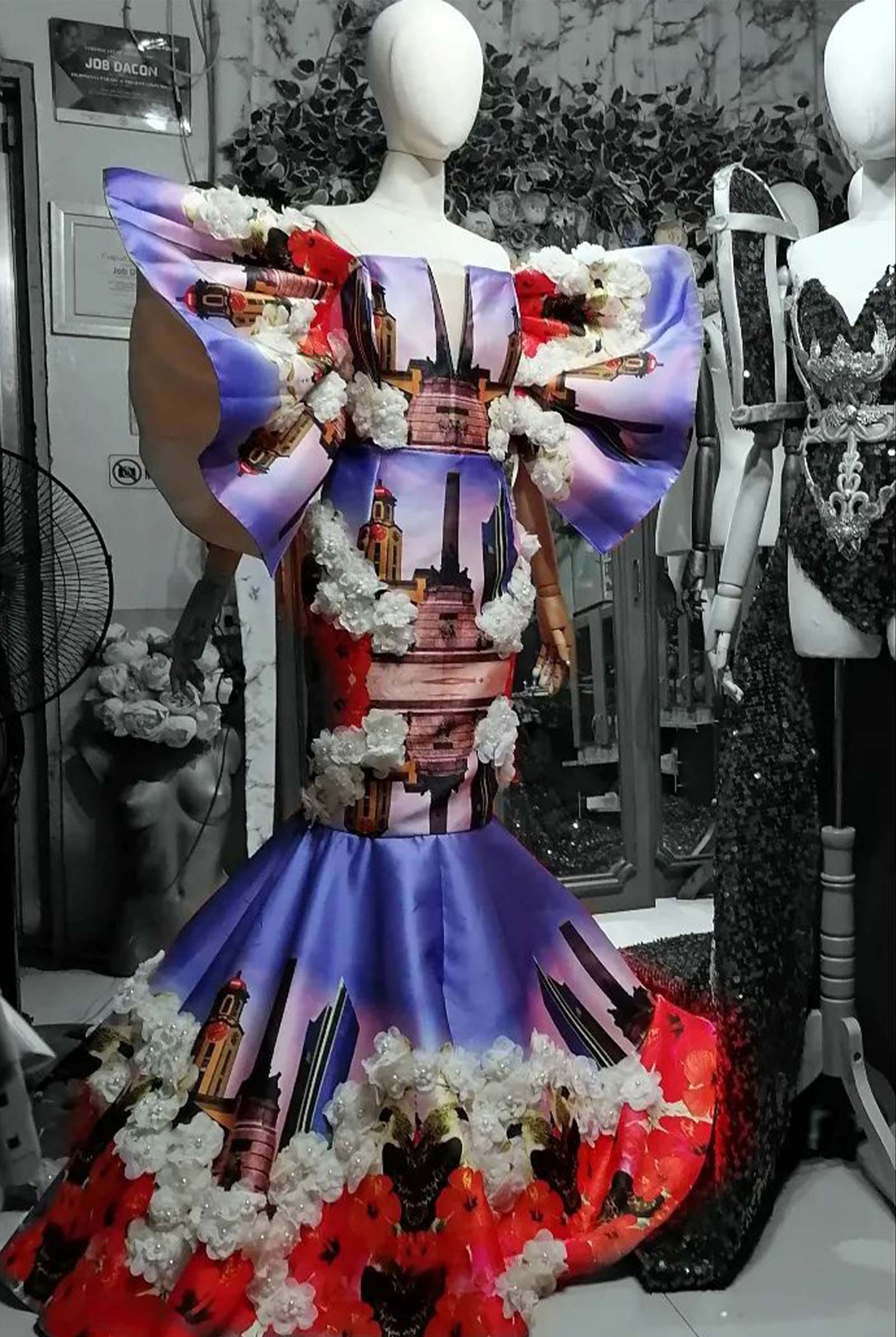
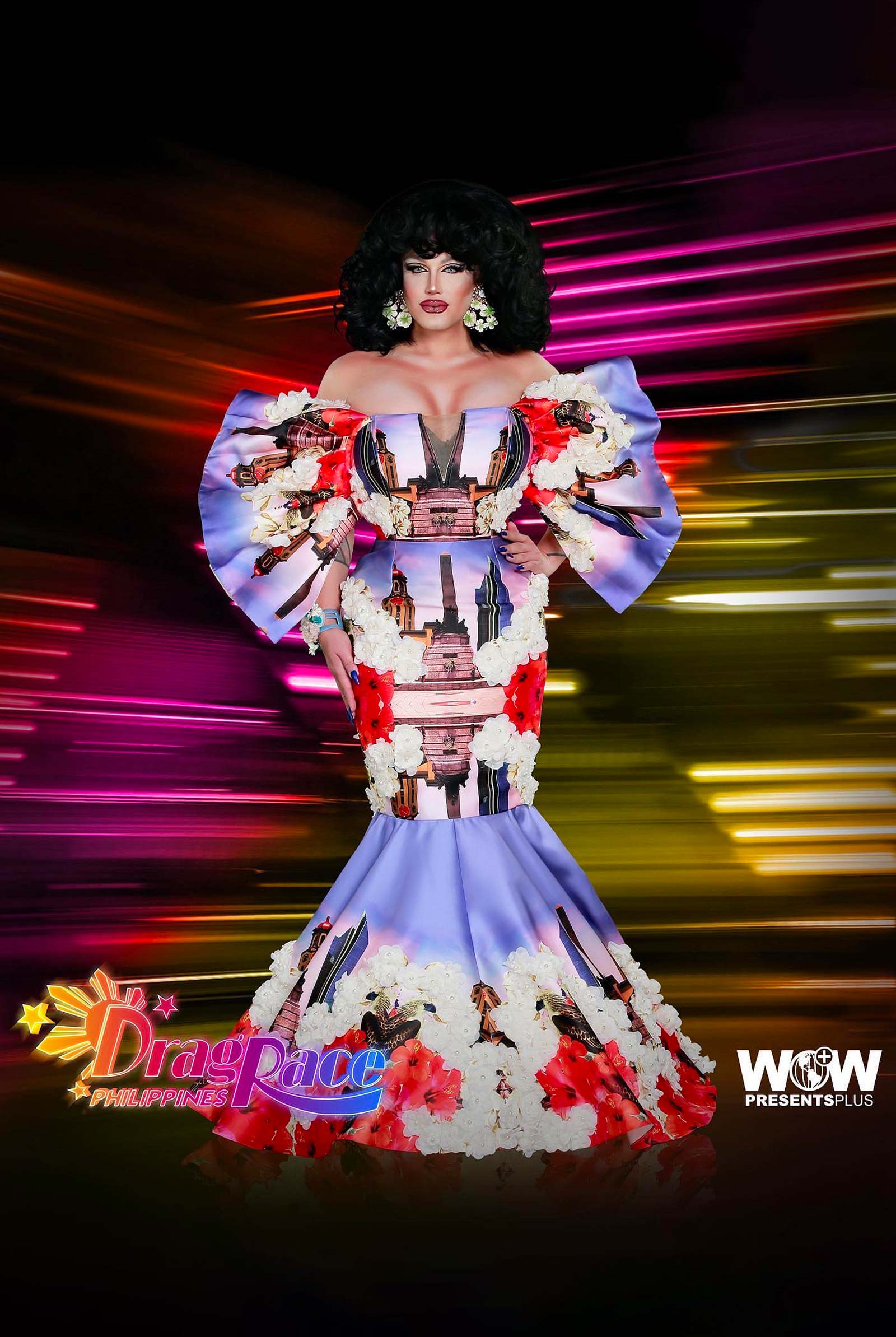
Could you provide some behind-the-scenes insights about the collaborative process between a drag artist and a fashion designer? How do you make sure that both parties maintain their visions?
“Honestly, there’s no solid method as to the queen-designer relationship. But one thing remains constant in all collaborations, and that is clear and concise communication. As a designer, we have a certain set of skills that would work well with queens. And for the most part, the conceptualization is a joint effort with our client as the lead. For execution, several hands work to make the client’s vision a reality.”
How do you keep yourself informed about the ever-changing trends in fashion and drag?
“Unlike years past, gathering information on the drag scene has been easier than ever thanks to the internet and the fact that many of my family members are LGBTQIA+ spanning since our grandpa’s generation. I take notes from my lolo’s and tito’s stories on how drag has been shaped on underground ‘balls’ and pageants where categories are made to reflect an aspirational life, sort of like a safe space where we can be whoever we want to be without the persecution of the outside world of heteronormativity.”
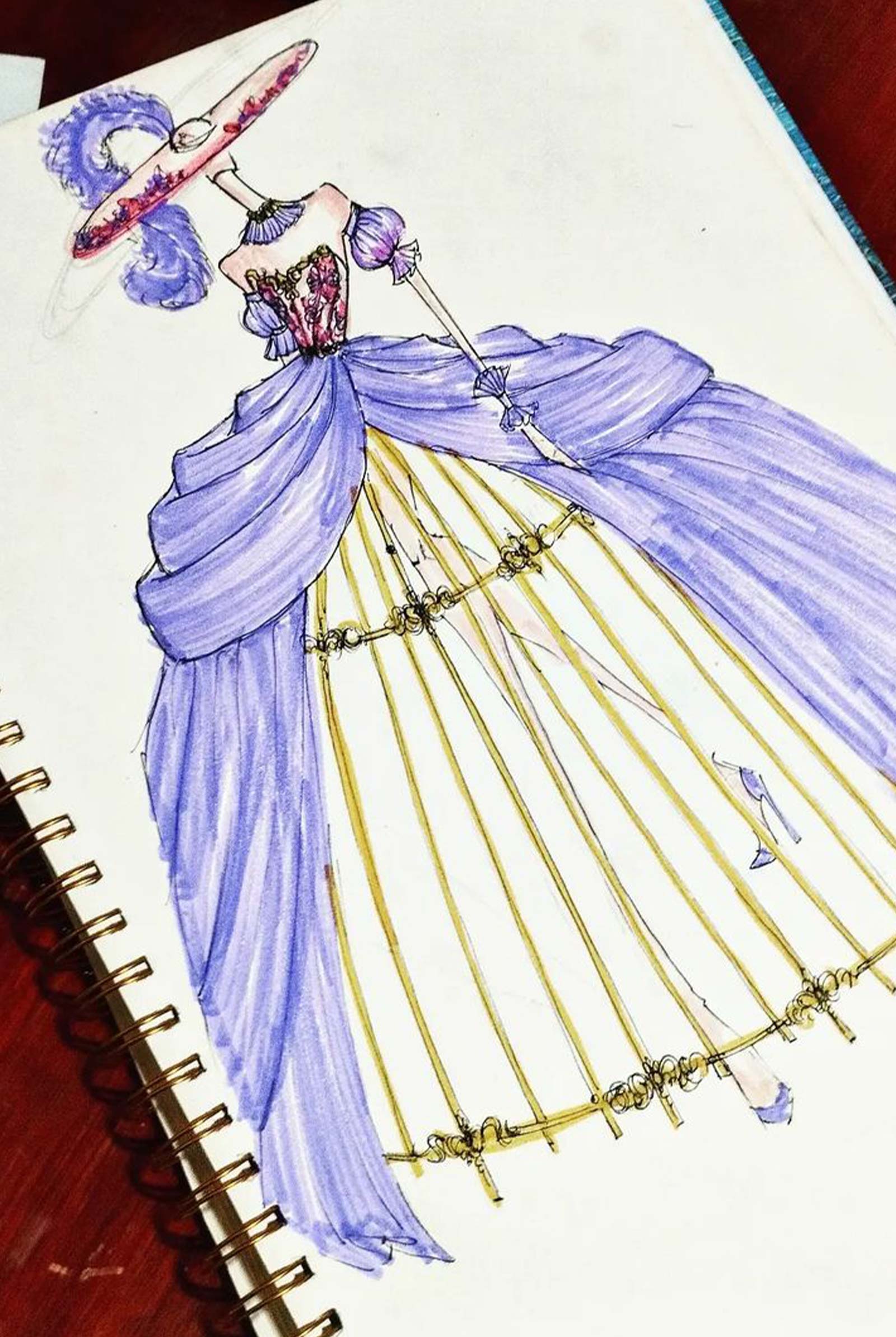
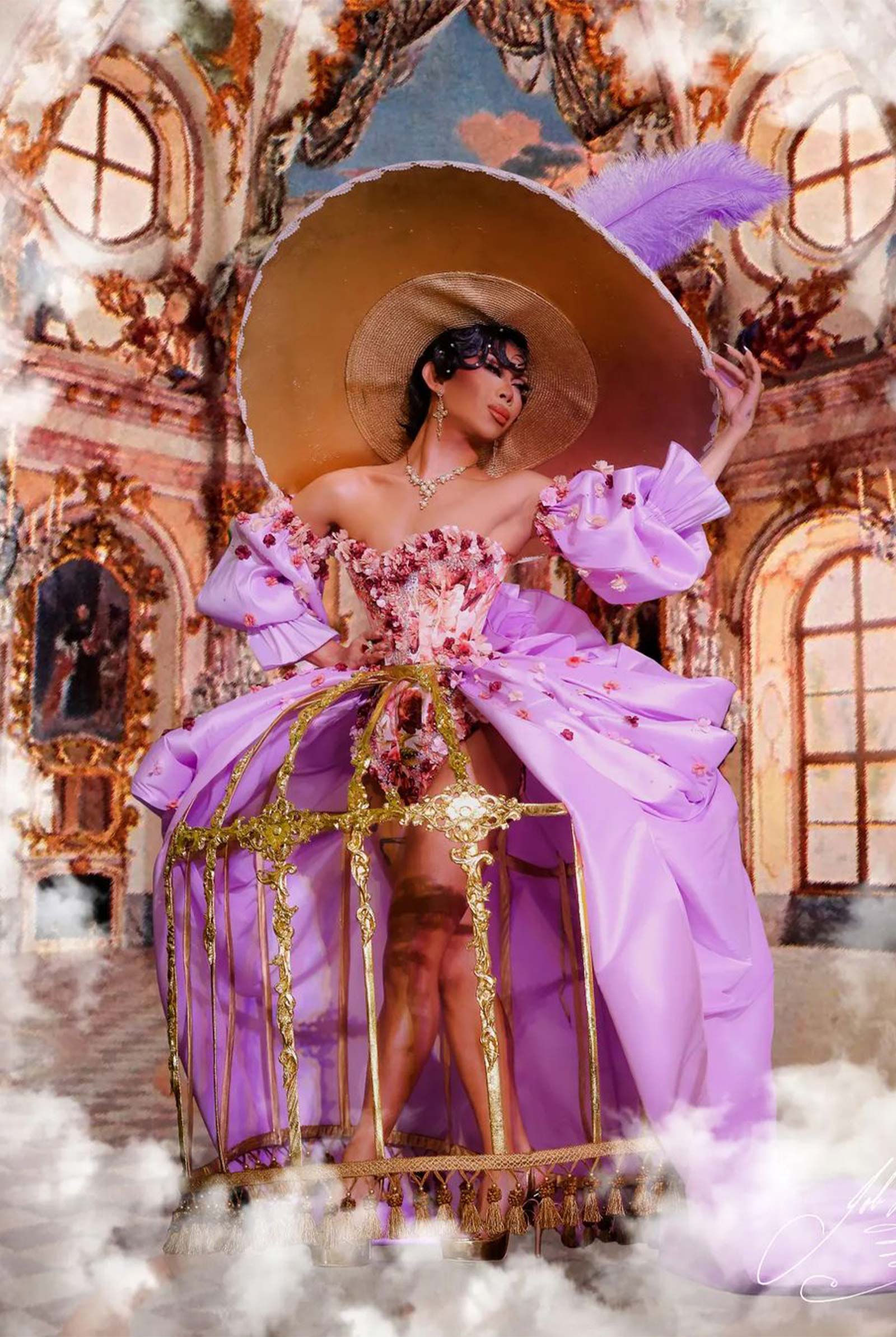
“It is of paramount importance that we maintain up-to-date with not only the fashion, but also the socio-political climate of our community. After all, drag was, is, and will always be political. It is a microcosm that reflects what’s going on in the world and we need to make it a point that what we put out there not only looks good, but should also be of a certain significance to the wearer or the community.”
